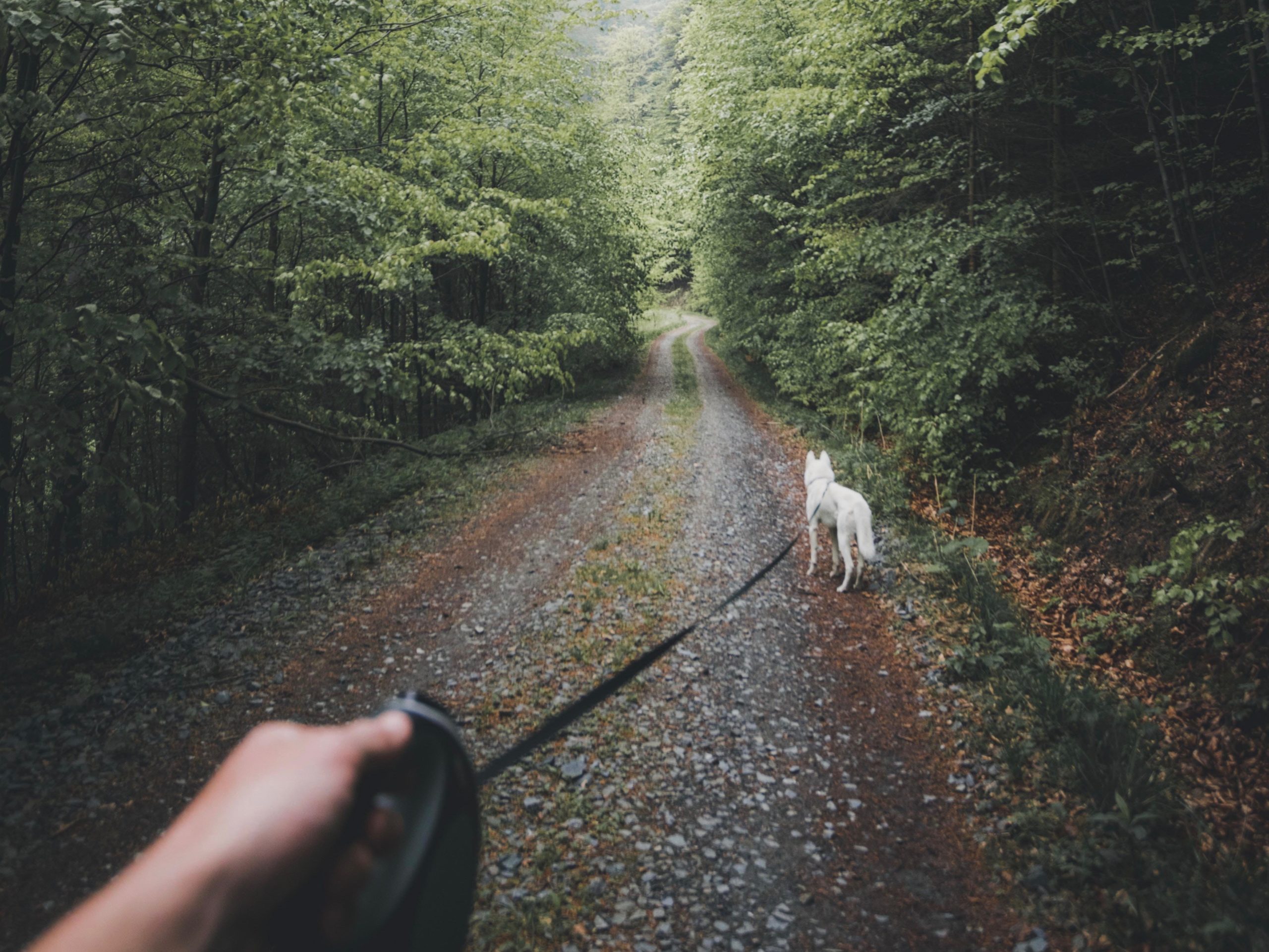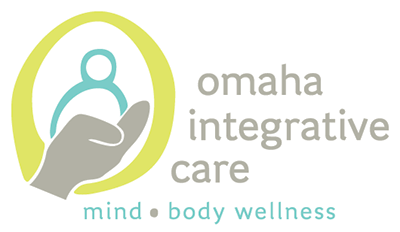
“If you touch the fear instead of running from it, you find tenderness, vulnerability, and sometimes a sense of sadness.” — Pema Chödrön
Fear is a bottomless pit; we are all susceptible. Many of our behaviors are driven by fear — a fear of not being liked, fear of the unknown, fear of loss. The more afraid we are, the harder it is to identify it in ourselves. When we are unaware of our fear, our human brains operate on auto-pilot, protecting us from unknown danger. We guard ourselves, closing off to alternative ways of thinking.
We are experiencing collective fear in the midst of the COVID-19 pandemic. We feel a need to protect ourselves and our loved ones, which is natural. But without recognizing our fear, that need to protect will turn into bitterness and foster disconnection.
At some point last week during all of this uncertainty, I reached my first point of brimming emotion. I can’t even tell you what it was, but I knew I needed to walk and cry. I was scared, overwhelmed, and overflowing with others’ anxiety. I leashed up my dogs, put on my headphones, and hit the trail.
It was cool and cloudy. The weather seemed to reflect the pervasive feeling of our community. I didn’t see anyone on the trail and turned up my headphones. Outside, held by nature, I felt my heart beating, my breath shallow, and for the first time since COVID-19 had escalated in our community, I let myself cry. It was cathartic, cleansing. The feeling was a deep stabbing feeling for all of the uncertainty and fear and mostly the helplessness I was feeling. I wanted to resist it, but also knew that on the other side would be a sense of relief.
I let the tears stream and moved forward, dogs in tow. Normally, I am cognizant of my surroundings, listening for cyclists and runners passing me on the trail. At this moment, I was absorbed in my own emotion and didn’t hear the cyclists behind me. One of my dogs was straggling to my left. I had a sense of something coming up on me. I pulled my dog to the right and looked up into an angry face. The face glared at me and said, “You’re going to kill us all, you know!”
The stabbing emotion turned into a cascade of shame. It washed over me like a waterfall. I completely accepted this accusation. I was guilty. I was unconscionably unaware, selfish in my own suffering, and could have killed those cyclists. This is what I thought in that hot moment.
Then, I took a few deep breaths and went immediately to anger — fuming, hot anger. How dare that cyclist! Here I am, sad and scared, and I am being made to feel worse. I crafted sharp retorts and hoped the group would circle back around so I could artfully defend myself. I imagined posting on our Neighborhood Post: “To the cyclists who made me feel horrible . . .”
But the worst part for me was knowing that someone, anyone thought I was a bad, careless person. This person had a narrative that I was inconsiderate and selfish in my lack of awareness on the trail. That I was “going to kill them all.” Those words rang through my head.
I took a few breaths. They didn’t know that yes, I was unaware, but that it was not because I didn’t care. I was distracted by my own fear.
When we can name something, it loses its power. I had just experienced fear. My own fear and this cyclist’s fear. I could make up stories about him or I could accept that his behavior toward me came from fear.
Naming fear helps us to soften, be more compassionate with ourselves and others. It’s hard to be mad at someone for being afraid. People who are afraid are far less scary than people who want to hurt us. Usually, they’re just as scared as we are.
Like all humans, I try my best. There are days I do better than others. And some days, fear or exhaustion overcome me, and I am not my best self. That does not mean that I am bad or selfish, but it is a reminder that we all get scared and respond from that fear.
Those words “you are going to kills us all” rang through my head most of that night. They came up when I couldn’t sleep that night. Releasing it took a bit of work. I tried imagining the cyclist crying. I reminded myself that they have family they are separated from just like me, just like the rest of us. Fear lingered.
The next day, I hesitated to go back on the trail. But I knew I had to show up and continue to smile at the other folks passing me. It was sunnier and there were lots of people smiling, saying hello. Strangers, people I had not seen on the trail before. With each smile, I could release a little bit more of that fear.
As we navigate through these next few months, know that there will be fear. Instead of resisting it or letting it melt into anger or bitterness, see if you can name it and release it.

Connect With Us